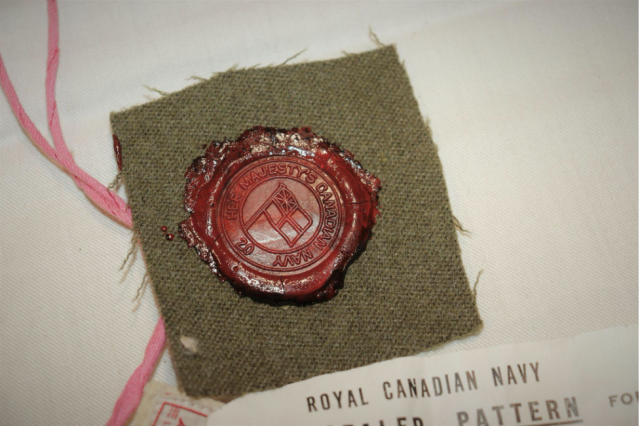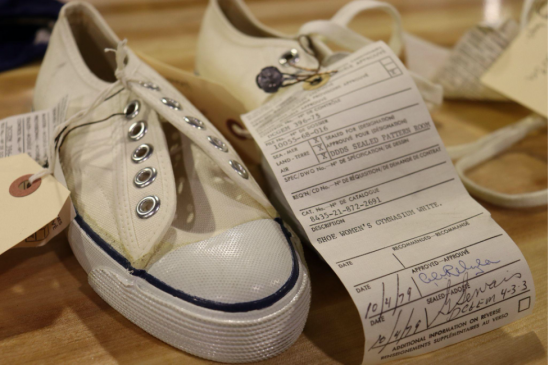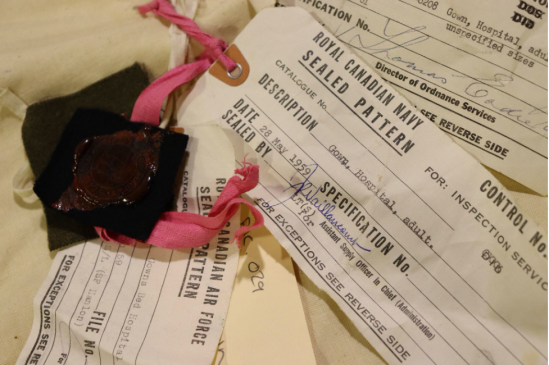
Sealed Patterns a blueprint for military issued items past and present
Sealed Patterns come in many different forms, shapes, and sizes, but their purpose remains the same: to serve as a reference for a multitude of military issued items.
Originally introduced as prototypes, companies submitted sealed patterns to the military for review and testing, with the best ones being chosen. The chosen prototype is then approved and becomes the sealed pattern.
Manufacturing companies used sealed patterns to ensure product accuracy and adherence to the desired standard. These patterns are still used today and ensure consistency. Sealed patterns also guarantee that a uniform can be replicated for future orders.
If a shipment of uniforms or other military-issued products is compared to the sealed pattern and determined to differ, the shipment is sent back to the manufacturer. Throughout history and even today, sealed patterns guarantee consistency, quality and uniformity. Almost everything has a sealed pattern, including shoes, uniforms, buttons, cap badges, and even ordinary everyday items such as socks and underwear.

Some of the most common household products from the past have sealed patterns, giving them a new found historical value. The patterns for sealed towels, for instance, are now very difficult to find. It is common for everyday items like these to be thrown out when no longer needed or are worn out. One might wonder: What items do we own today that might one day be considered rare pieces of history?
Historically, a sealed pattern most often consists of a specific item attached to a paper card by a piece of string or wire which is passed through the card and fixed using a wax seal. On the card is information about the item such as the name, the year, and even additional notes or references to other documents. Sealed patterns dictate the colour and fabric makeup of a garment as well as more specific details such as button size and placement.

Although these sealed patterns are not currently on display at the Base Borden Military Museum there are countless pieces of Borden history to learn about. The museum is open with free admission from Monday to Friday from 0900 to 1500 hrs and from 1000 to 1600 hrs on Saturday and Sunday. So be sure to visit to see many interesting pieces of Canadian history!
BY: Amber Boies
This article is part of a series made possible by Simcoe County Tourism. Follow #ExperienceSimcoeCounty to learn more about what Base Borden has to offer for the military and civilian community!












